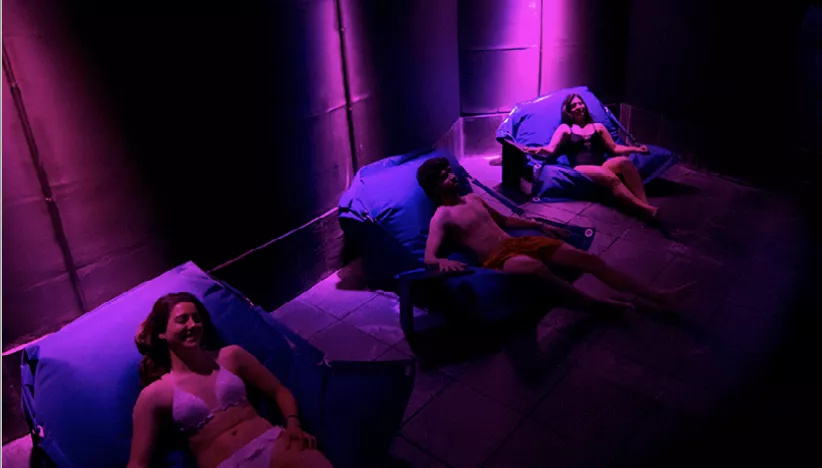Biometric Sensor
What are biometric sensors?
Biometric sensors transform a measurable biological characteristic of a human being into an electrical signal. A biometric sensor is usually a semiconductor device that can be combined with a tiny microprocessor or microcontroller such that the ensemble is able to process data of the physical characteristics of an individual.
The process can use simple algorithms, for instance to measure the mean temperature of the skin, or complex, as would be the case for a face recognition application requiring of higher computational power.
Types of biometric sensors
There are many types of biometric sensors that are used on a daily basis, such as fingerprints checking, face recognition, iris identification, speech check-up, hand geometry, signature verification, etc. And surely other types of sensors such as DNA detection, earlobe checking, etc., will be used in the future.
The most common biometric sensors that we highlight are:
- Fingerprint sensors
- Facial recognition
- Iris recognition
- Speech recognition
- Hand geometry
- Signature verification
Essence Room Heart
Inloc Robotics worked on the Essence Room Heart project during 2017. The system was installed at the Caldea Spa in Andorra.
In this project, Inloc helped to develop a custom solution that allowed for an immersive experience to the user. This was achieved by the change of the environmental conditions related to the sound and light in the room depending on the measured biological parameters.

Biometric Sensor
Inloc Robotics tasks were devoted to the design and implementation of the electronics, including the integration of the biometric sensors into an embedded computer, and the control firmware.
The readings provided to the system were the heart rate beat and the pulse oximetry readings of the guests. The technology used for this project was based on a LED reflective solution.
Biometric measurements
There are two types of biometric measurements: physiological and behavioral.
Physiological identifiers are based on physical characteristics of the human body and behavioral identifiers are based on patterns of human activity. In any case, the different biometric studies are always aimed at learning and constant improvement in research.
Where can I find biometric sensors?
Technically, anywhere you can find biometric technology, you can also find a sensor.
Mobile phones already incorporate biometric sensors for user validation and access. Iris scanning cameras can be found in border control and physical access around the world. Other biometric sensors address optical monitoring of heart rate and electrocardiogram. And in general, biometric sensors are being incorporated in the health area, commercial uses, passenger identification, …
But there are situations where biometrics are hampered by the capture environment, which can be unpredictable and inconsistent such as facial or voice biometrics. Background noise can interfere with the biometric capture and reading process.
